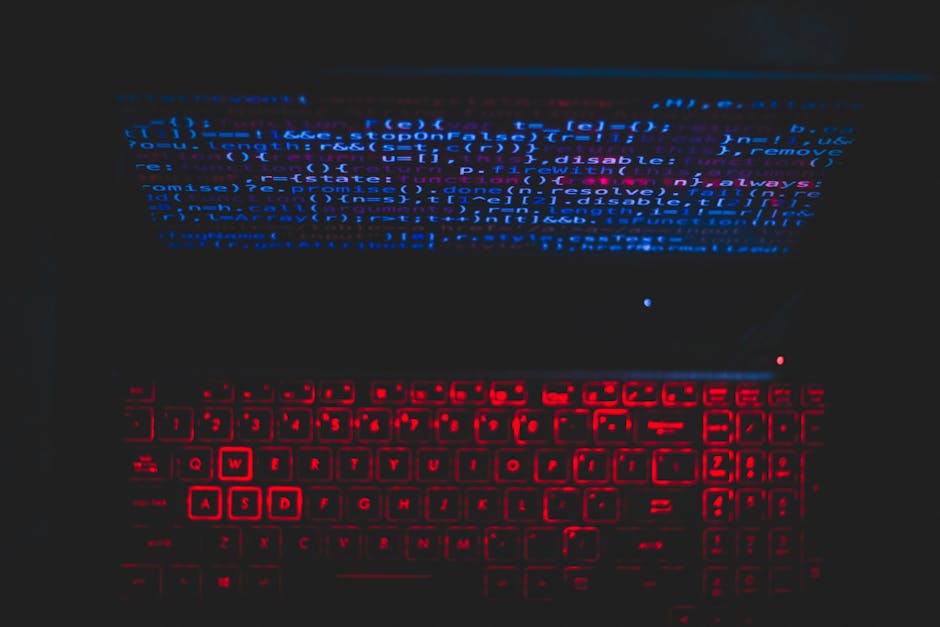Navigating the Night: Enhancing Cybersecurity with AI at Critical Hours

AI-Driven Threats at Odd Hours: The 2:13 AM Challenge
Cybersecurity isn't just a 9-to-5 job—it's an around-the-clock battle against digital threats, with challenges peaking at unexpected hours, notably at 2:13 AM when monitoring lags are common and AI-driven attacks spike. This article explores the crucial role of Generative AI in enhancing cybersecurity measures, automating tasks to alleviate SOC team burnout, and employing strategic AI tools like CrowdStrike's Charlotte AI Detection Triage to manage threats more efficiently. You'll discover actionable insights and statistics that underscore the rising necessity of AI in cybersecurity leadership.
Combating SOC Burnout with Generative AI
At 2:13 AM, when most of the world is asleep, cybersecurity threats don’t rest. During these off-peak hours, AI-powered attacks intensify, taking advantage of reduced human monitoring. Cyber attackers use AI to manipulate data, making it challenging for traditional SOC tools to detect threats. This highlights the urgent need for enhanced AI-driven security measures to protect digital assets effectively during these vulnerable times.
Deployment and Strategy: Enhancing Real-Time Responses
The continuous demand to monitor and respond to threats can lead to significant burnout among Security Operations Center (SOC) teams. Generative AI has the potential to mitigate this by automating routine tasks, thus reducing the workload and stress on cybersecurity professionals. A 90-day roadmap for CISOs to integrate Generative AI can help adapt to these evolving threats, promoting sustainability in the workforce and better management of mental health within cybersecurity teams.
The Role of AI Detection Tools like CrowdStrike’s Charlotte
Early steps in incorporating AI into cybersecurity include establishing AI governance and setting up systems for real-time threat monitoring. Further strategic moves involve automating software patching and prioritizing threats based on their levels of potential damage. Utilizing integrated AI platforms enhances the cybersecurity team’s response to threats, making the process more effective and timely.
Final Thoughts on AI’s Impact on Cybersecurity Leadership
The introduction of advanced AI tools such as CrowdStrike’s Charlotte AI Detection Triage significantly reduces the need for manual triage by over 40 hours per week and maintains a high threat detection accuracy rate of over 98%. These statistics not only illustrate the efficiency of AI in cybersecurity but also underscore its vital role in maintaining high security standards in a landscape where threats are constantly evolving.
